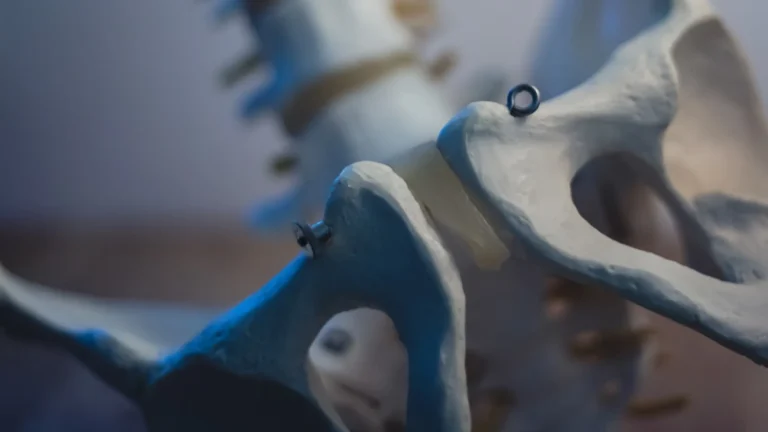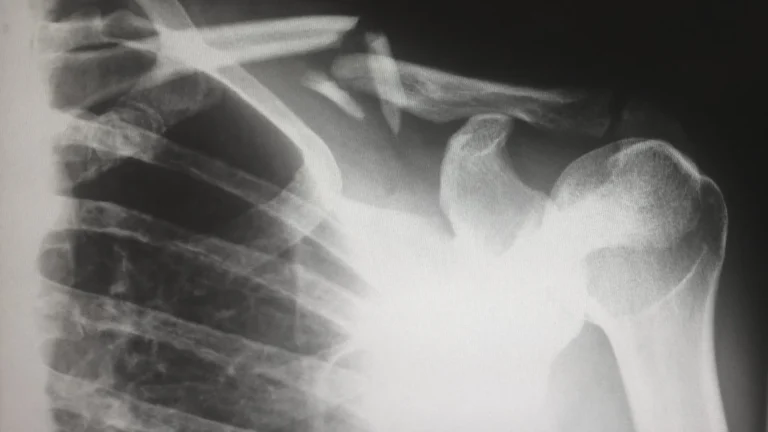Transvaginal Mesh Lawsuit
Garces, Grabler, & LeBrocq is investigating claims on behalf of individuals who underwent a surgical procedure involving transvaginal mesh that later caused an injury. For more information, please contact us.
What is Transvaginal Mesh?
Surgical meshes are loosely woven sheets of material (either synthetic or made of animal tissues) that are used as permanent or temporary support for internal body structures and organs. Transvaginal mesh is a type of surgical mesh used primarily to treat Stress Urinary Incontinence (SUI), which is a condition characterized by bladder leaks during physical activity, and Pelvic Organ Prolapse (POP), a weakening of support tissues in the groin (particularly the pelvic muscles and ligaments) that causes organs to sag or fall into the vaginal canal.
Surgical implantation of a mesh is a typical treatment for these types of conditions, and transvaginal placement (through or across the vagina) is common because it is less invasive than accessing the region from farther away. A mesh might be used to secure organs such as the bladder, uterus, rectum, or bowel that are intruding into the vaginal canal.
The FDA estimates that 30-50% of all women will develop POP in their lifetime as a normal consequence of aging. In 2010 alone, over 100,000 urogynecological mesh procedures occurred in the U.S., and 75% were performed transvaginally.
Other Names for Transvaginal Mesh
- Bladder Sling
- Pelvic Sling
- Pelvic Support
- Synthetic Mesh
- Graft
- Biomesh
- Vaginal Support System
Are Transvaginal Meshes Dangerous?
In 2019, the FDA ordered all manufacturers of surgical mesh designed for the transvaginal treatment of POP to immediately halt all sales and production of those products. A report by the FDA regarding two manufacturers, Boston Scientific and Coloplast, found the companies “…did not demonstrate reasonable assurance of safety and effectiveness for these devices, which is the premarket standard that applies to transvaginal mesh for pelvic mesh prolapse since the agency reclassified them into class III (high risk) in 2016.”
The FDA has not yet banned transvaginal meshes for treating SUI. However, the agency has revealed that between 2005 and 2007, it received over 1,000 reports of adverse reactions following the application of a urogynecological mesh product to treat POP and SUI — and the number of those complaints tripled between 2007 and 2010.
Potential Complications of Transvaginal Mesh Surgery
- Mesh Erosion
- Infections
- Pain
- Bleeding
- Problems Urinating
- Vaginal Scarring
- Bladder or Bowel Perforation
In some cases, transvaginal meshes shrink or erode so completely that further injury and prolapse occur, requiring additional surgical procedures. Additionally, pieces of an eroded mesh can migrate throughout the body, causing infections and potentially even infertility.
No Fee Unless
GGL Wins
Transvaginal Mesh Lawsuits
As awareness of the dangers of transvaginal mesh has grown in the last ten years, the number of plaintiffs coming forward with evidence that they have been harmed by them has grown. In that time, mesh manufacturers have settled $8 billion in claims.
- Manufacturers of Transvaginal Mesh
- Ethicon (a subsidiary of Johnson & Johnson)
- Boston Scientific
- Coloplast
- C.R. Bard
- Mentor
Speak to a Transvaginal Mesh Lawyer Today
If you or a loved one underwent a surgical procedure involving a transvaginal mesh and believe it caused an injury, the experienced and dedicated product liability and medical malpractice attorneys of Garces, Grabler, & LeBrocq may be able to help. Contact us for a completely free and confidential consultation to determine if you are entitled to compensation.
Related Practice Areas
No Fee Unless
GGL Wins
We've got you covered.
Tell us what happened.
One of our advisers will contact you.

OFFICIAL PARTNER OF RUTGERS ATHLETICS
Recent GGL Wins
Medical Malpractice
A 30-year-old pregnant woman went into labor. The doctor failed to take proper steps in the baby’s delivery, making the mother wait in the hallway for ten hours while the baby’s heart rate began to drop. The baby was delivered via C-Section; he was blue from lack of oxygen resulting in Cerebral Palsy.
$14 Million
Verdict
Construction Accident
Mediation award resulting from an industrial explosion causing disfiguring burns and severe orthopedic injuries.
$7.8 Million
Verdict
Auto Accident
31-year-old man who was cut off by another car causing his car to flip over. He sustained head injuries, facial injuries, and half of his pinky finger was amputated.







